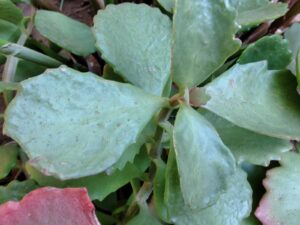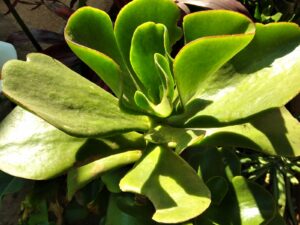Crape myrtle is a deciduous shrub that produces pink flowers with wrinkled petals. It’s native to the Indian Subcontinent and some parts of Asia, and it’s a popular ornamental plant in the Southern United States where it’s called lilac of the south. It has dark green foliage that changes to yellow, orange, and sometimes red in the fall.

American Beautyberry
The American beautyberry is a deciduous shrub that produces purple berries in the fall and in winter. Though it grows








